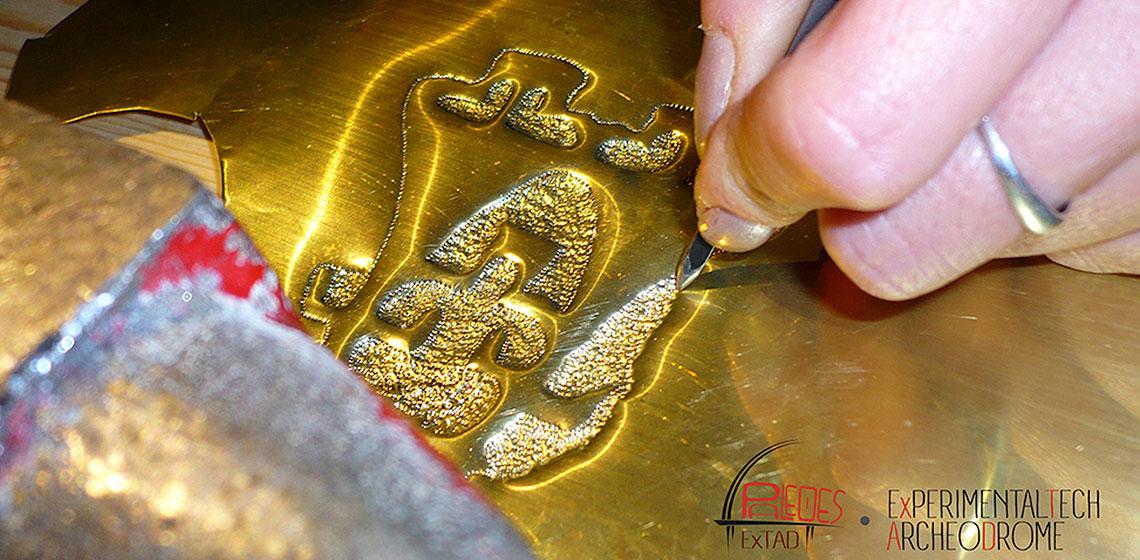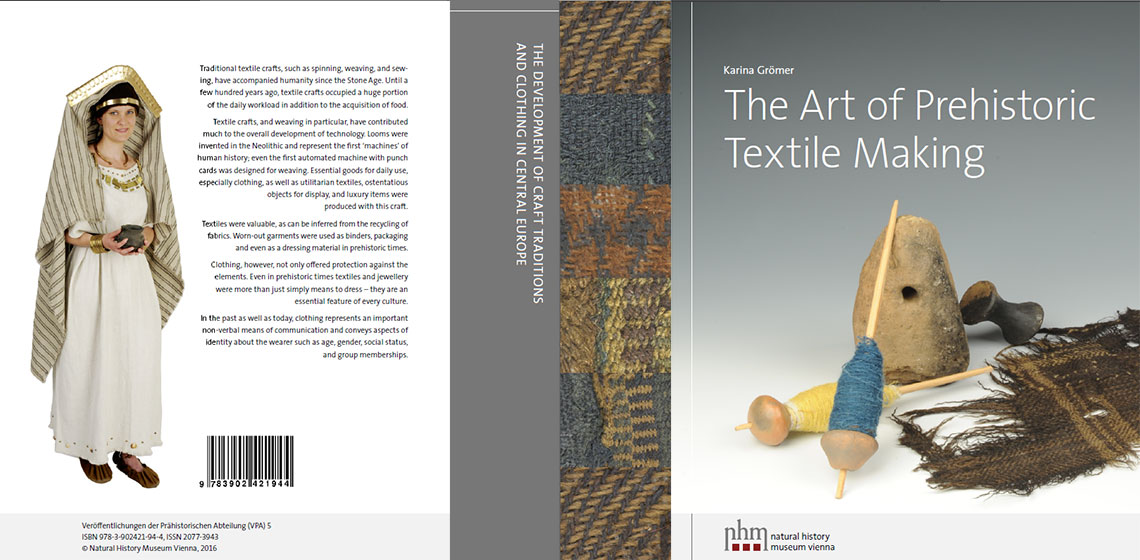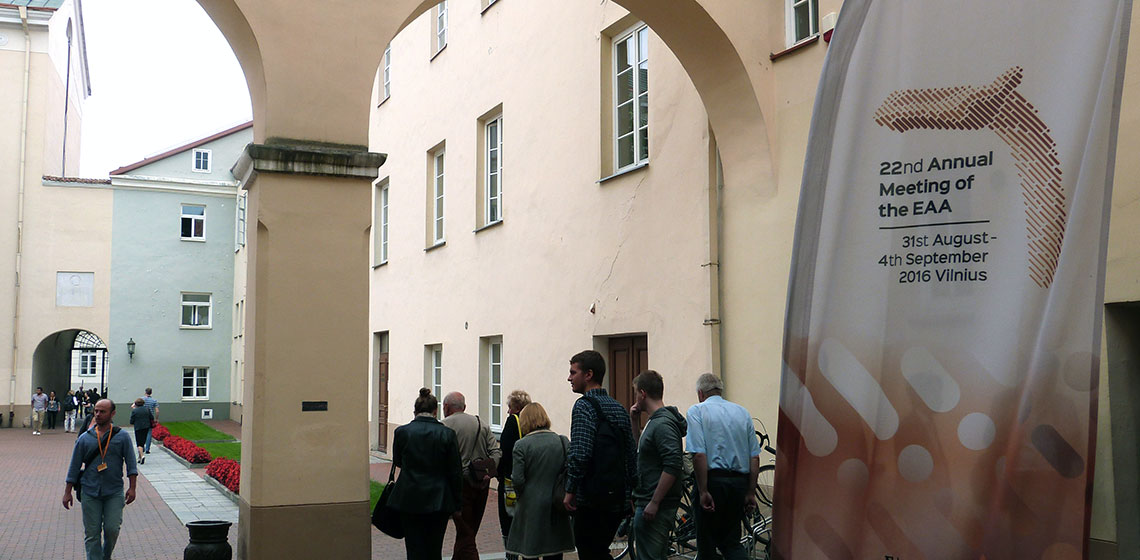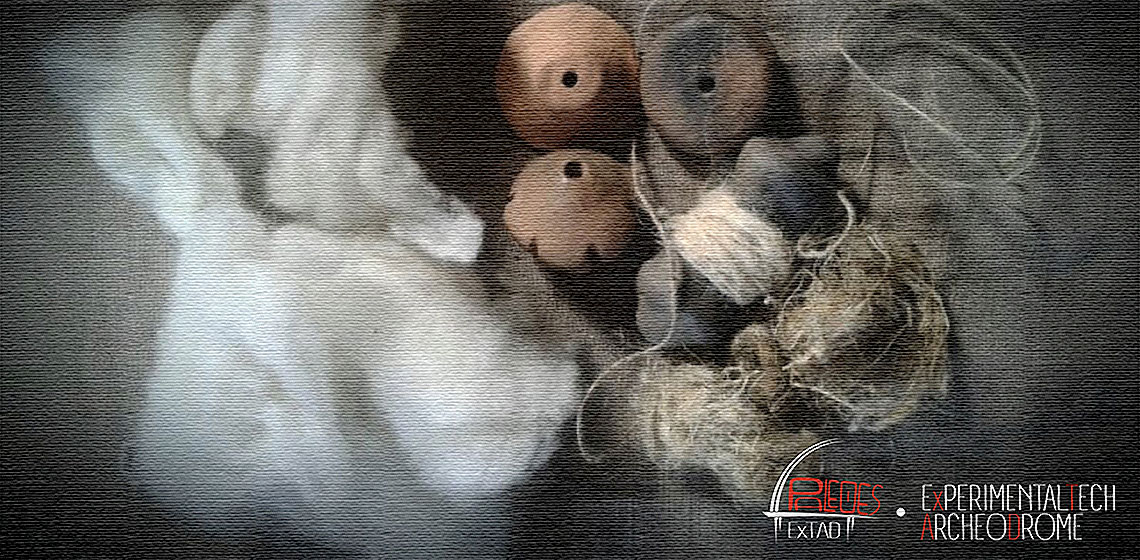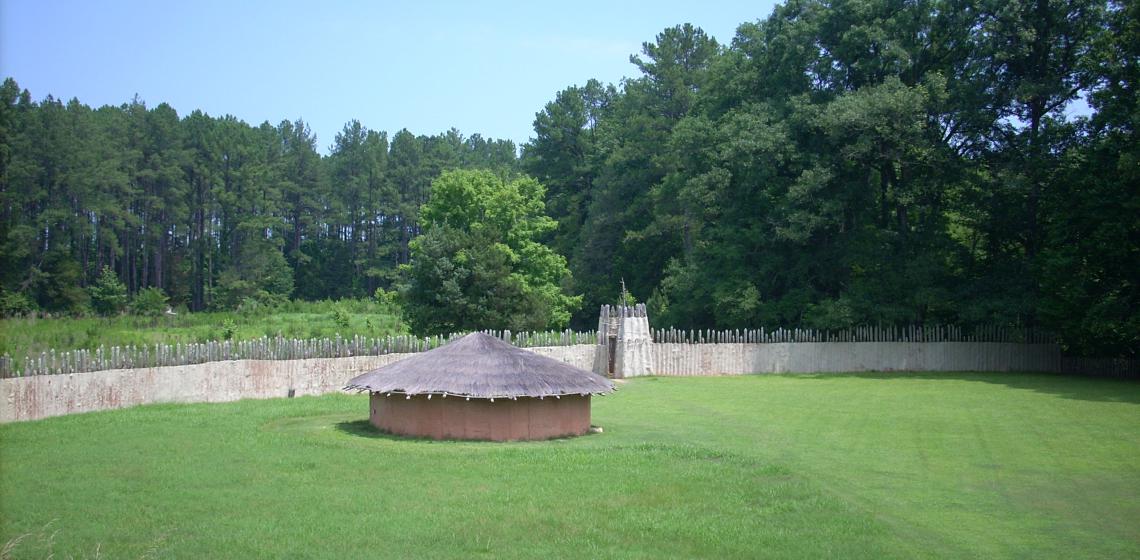Paleoes (IT)
Our Mission is about promoting and spreading culture, research and scientific disclosure, the exchange of knowledge and experiences through the experimental study of ancient technologies, to promote partnerships between the public and private operators of new technology field applied to Archaeology and Cultural heritage, Geographic Information Systems, Remote Sensing and Geographical Information.
Paleoes - eXperimentalTech archeoDrome wants to work for the development, preservation, protection and fruition of cultural heritage, landscape, cultures and traditions of territories, we want to represent the national community of operators of new technologies and experimental technologies applied to the archaeological branch and Cultural heritage in European and international contexts.
